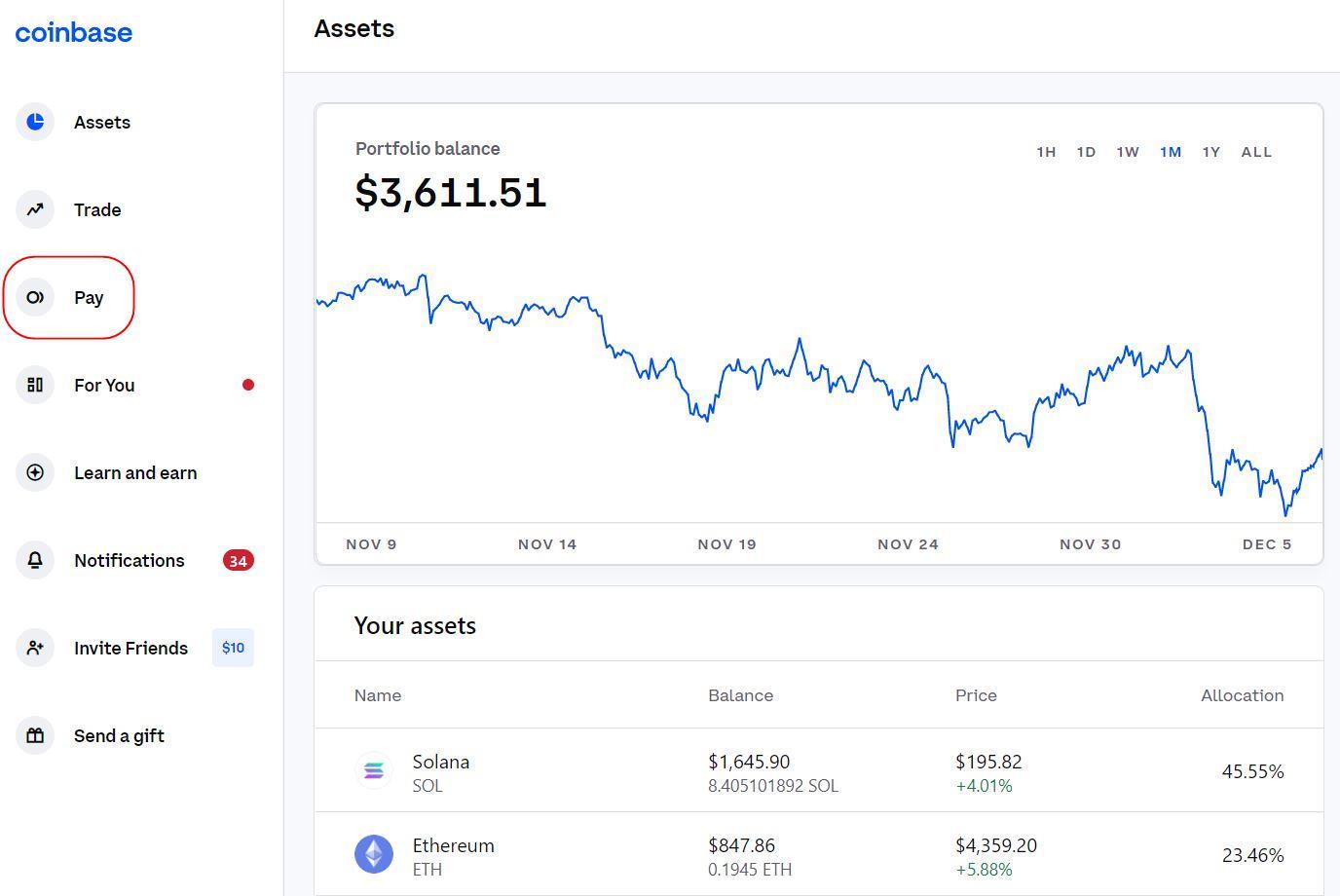Home>Finance>Market Portfolio: Definition, Theory, And Examples


Finance
Market Portfolio: Definition, Theory, And Examples
Published: December 22, 2023
Learn about the concept, theories, and practical examples of market portfolios in finance, and understand their significance in investment strategies.
(Many of the links in this article redirect to a specific reviewed product. Your purchase of these products through affiliate links helps to generate commission for LiveWell, at no extra cost. Learn more)
Welcome to the World of Finance: Understanding Market Portfolios
Finance is a vast and intriguing field that impacts our everyday lives more than we realize. From making smart investment decisions to understanding economic trends, gaining knowledge about finance can empower anyone to make informed choices. One important concept within finance is the market portfolio. In this blog post, we will delve into the definition, theory, and examples of a market portfolio and discuss why it is essential for investors and financial professionals.
Key Takeaways:
- A market portfolio represents a diversified collection of all investable assets in the market.
- It allows investors to gain exposure to the overall market while minimizing unsystematic risk.
What is a Market Portfolio?
Let’s start by understanding what a market portfolio is. Simply put, a market portfolio is a theoretical portfolio that includes all available assets in a specific financial market. It consists of a weighted combination of all investable assets, such as stocks, bonds, and other securities. The allocation of assets in the market portfolio reflects their respective market values, creating a representation of the entire market. This concept originated from the Capital Asset Pricing Model (CAPM), which states that investors should hold a diversified portfolio that mimics the performance of the overall market.
Market portfolios are typically used as a benchmark to assess the performance of investment portfolios or financial instruments. For example, when evaluating the performance of a mutual fund, investors often compare it to a market index such as the S&P 500. This benchmark allows them to gauge the fund’s ability to outperform the broader market.
Understanding the Theory behind Market Portfolios
The theory behind market portfolios revolves around the principles of diversification and risk reduction. By investing in a market portfolio, investors can achieve exposure to a diversified range of assets, thereby minimizing the negative impact of unsystematic risk. Unsystematic risk refers to the risk associated with individual securities or industries and can be reduced through diversification.
Additionally, market portfolios help with portfolio optimization. Portfolio optimization refers to the process of constructing an investment portfolio to achieve the highest possible return for a given level of risk. In this context, market portfolios allow investors to determine the optimal asset allocation by considering the risk and return characteristics of the overall market.
Examples of Market Portfolios
To illustrate the concept of a market portfolio, let’s consider a few examples:
- Stock Market Index: A stock market index, such as the Dow Jones Industrial Average (DJIA) or the NASDAQ Composite, can be seen as a representation of the entire stock market. These indexes are composed of a broad range of stocks, each assigned a weight based on their market capitalization. Investing in an index fund or ETF that tracks these indexes allows investors to gain exposure to the overall stock market.
- Bond Market Index: Similarly, bond market indexes, such as the Bloomberg Barclays US Aggregate Bond Index, represent the performance of a diversified basket of bonds. Investing in a bond fund that tracks this index provides investors with exposure to the overall bond market.
- Total Market ETF: Total Market Exchange-Traded Funds (ETFs) aim to replicate the performance of the entire market, including both stocks and bonds. These ETFs provide investors with a simple way to gain broad market exposure.
It is important to note that while market portfolios offer diversification benefits, they are subject to systematic risk. Systematic risk, also known as market risk, refers to the risk that affects the overall market, such as economic downturns, political unrest, or interest rate changes. These risks cannot be eliminated through diversification and will impact the performance of the market portfolio as a whole.
In Conclusion
Understanding market portfolios is a crucial aspect of finance. By investing in a market portfolio, individuals can gain exposure to the overall market and reduce unsystematic risk. Market portfolios also serve as benchmarks for assessing investment performance and aid in portfolio optimization. Whether you are a seasoned investor or just beginning your journey into the world of finance, comprehending market portfolios will undoubtedly be beneficial as you navigate the complex landscape of investments.
So, why not take a leap into the realm of finance and explore the possibilities that market portfolios offer? By incorporating this knowledge into your investment strategy, you can make more informed decisions to help you achieve your financial goals.














